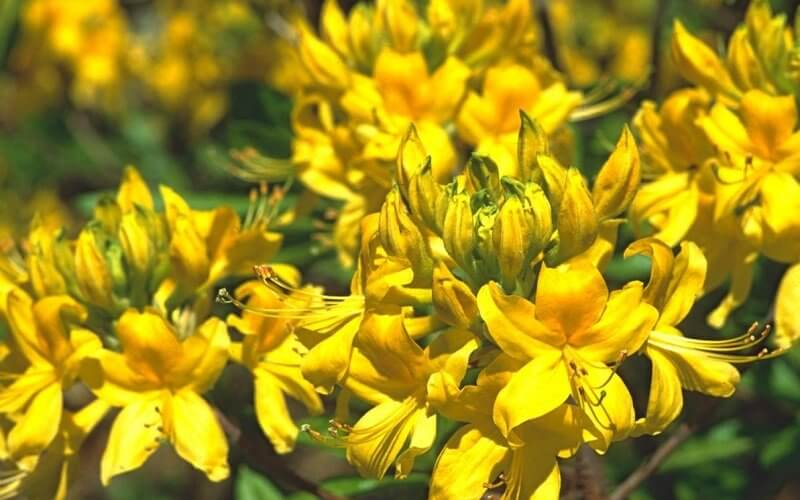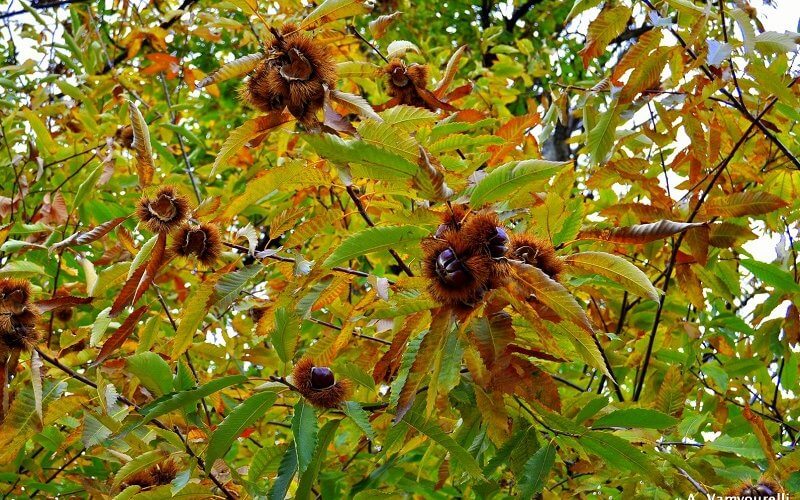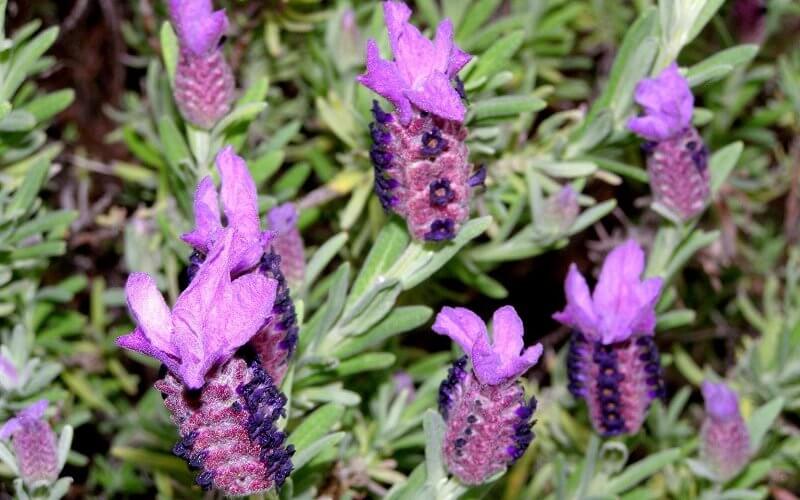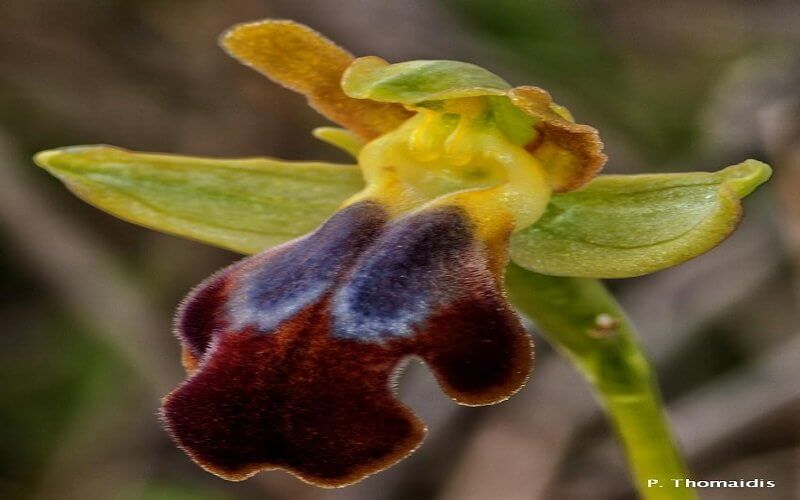Lesvos has one of the richest flora of the world, due to its favourable soil and climate conditions. The plants of Lesvos appear in the poems of the lyric poetess Sappho (6th c. BC), while, there is a regular report of its large number of plants in the works of the philosopher Theophrastus (3rd c. BC) who is considered the father of Botany.
Today, more than 1.400 species and subspecies (taxa) of plants are included in Lesvos’ flora. The richness of the island’s plant population is among other things the result of the variety of its biotopes, the particularity of its rocks, the long-lasting human impact, its adjacency with Asia Minor, but also – geologically speaking – its recent separation from the Eastern Aegean. The island could be characterised as a “botanical paradise” with aromatic-pharmaceutical, ornamental and rare plants, trees and bushes. Despite that western Lesvos is barren, with the exception of some small flat lands, the eastern, southern and central parts are verdant with olive groves (about 11.000.000 olive trees) and pine, oak, chestnut forests, etc.
Through their long presence, olive groves have been the most typical ecosystem on Lesvos. It is the most expanded system on the island and presents distinctive variations depending on the altitude, the trees’ age, their density and the underlying vegetation.
An expanded forest species of Lesvos is the calabrian pine (Pinus brutia ten.). A second species of pine, the black pine (Pinus nigra) forms two small forests, mixed with Calabrian Pine. The one is found on the top of mountain Psilokoudouno between Agiasos and Plomari and the second on the top of mount Profitis Ilias, near the village Pterounta. The only large sweet chestnut (Castanea sativa) forest on Lesvos is found in the region of Agiasos, which is a cultivated area with rich forest floor and significant regeneration. The areas with chestnut trees are found in the south of Agiasos in the region of Sanatorio (area of 800 he -20.000 trees).
You will be also impressed by the large number of wild orchids on various regions on the island. Among them some have not been found until today in any other place in Greece, apart from the region of Mount Olympus in Agiasos of Lesvos. Some of the species that you can meet here are Reinhold’s bee orchid (Ophrys reinholdii), violet bird’s-nest orchid (Limodorum abortivum), pyramidal orchid (Anacamptis pyramidalis), as well as Komper’s orchid (Comperia comperiana). In the same region you can also observe the rare peony (Paeonia mascula).
Another plant which grows only in Lesvos and nowhere else in Greece is the yellow azalea (Rhododendron luteum sweet). It is a deciduous shrub that reaches up to 4.5m height with big beautiful yellow flowers and spear shaped leaves. It grows in wet fertile soils rich in sand and argil, and in an altitude starting form 60 m. up the top of the mountain Profitis Ilias (799m.) of the region of Parakila, Anemotia and Pterounta.
Other species that grow in the countryside of Lesvos are the wild olive (Olea oleaster), the myrtle (Myrtus communis), the oleander (Nerium oleander), the strawberry tree (Arbutus unedo), the kermes oak (Quercus coccifera), the pink rock rose (Cistus creticus), the tree heath (Erica arborea), the bay laurel (Laurus nobilis), the Spanish broom (Spartium junceum), the downy oak (Quercus pubesteus) etc.
In recent years, many visitors come to Lesvos every year to walk in its trails and observe and admire from close its rare flora


 Greek
Greek





